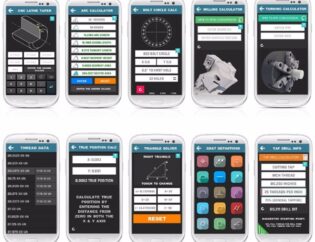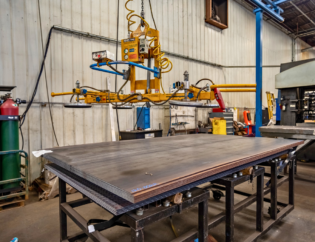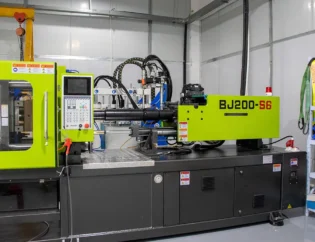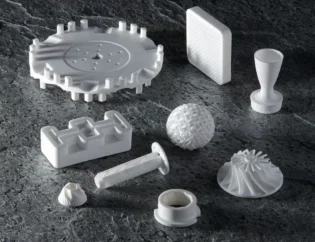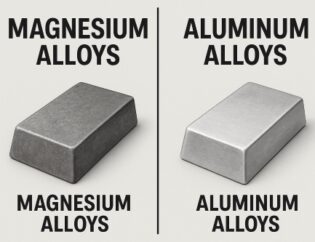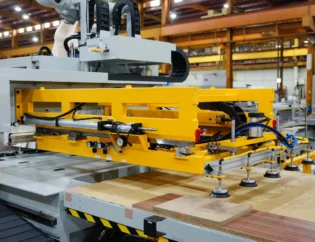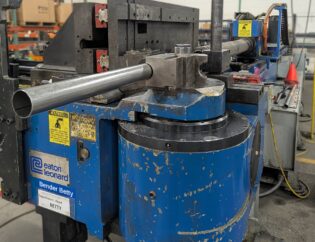Surface profile tolerance is a critical aspect of engineering and manufacturing that ensures parts fit together correctly and function as intended. Understanding this concept is essential for professionals involved in design, quality control, and production. This guide will delve into the principles of surface profile tolerance, its applications, and its significance in achieving precision in various industries.
Readers can expect to learn about the different types of surface profile tolerances, how they are measured, and the standards that govern them. We will explore the impact of surface finish on product performance and reliability. Additionally, practical examples will illustrate how to apply these tolerances effectively in real-world scenarios.
By the end of this guide, you will have a comprehensive understanding of surface profile tolerance, enabling you to make informed decisions in your projects. Whether you are a seasoned engineer or a newcomer to the field, this knowledge will enhance your ability to produce high-quality components that meet stringent specifications.
Guide to Surface Profile Tolerance in GD&T
Geometric tolerances are critical for ensuring accuracy and precision in manufactured parts. One important type of geometric tolerance is profile tolerance, which regulates the form of curves, curved surfaces, and other non-flat features. This article provides an in-depth look at profile tolerance, explaining the different types, how to properly indicate profile tolerance on drawings, and examples of using profile tolerance as both a form tolerance and positional tolerance. For those unsure of how to utilize profile tolerances, this guide serves as a helpful reference for properly specifying and interpreting profile tolerance symbols, datum references, and tolerance values on drawings and blueprints. Read on to gain a clearer understanding of the meaning, measuring, and application of profile tolerances.
Technical Features of Profile Tolerance
Profile tolerance is a versatile geometric tolerance that can be applied to various shapes and surfaces. It is essential for controlling the form and position of features in manufacturing. Below is a comparison table highlighting the key technical features of profile tolerance.
| Feature | Description |
|---|---|
| Type | Geometric tolerance |
| Symbol | Profile of a surface: Ȝ, Profile of a line: ǻ |
| Tolerance Zone | Area between two parallel surfaces or lines that define the acceptable limits |
| Measurement Methods | CMM, optical comparators, profile projectors, and go/no-go gauges |
| Applications | Used for curves, curved surfaces, and complex geometries |
| Relation to Other Tolerances | Can be used in conjunction with other GD&T symbols like flatness and cylindricity |
Types of Profile Tolerance
Profile tolerance can be categorized into two main types: line profile and surface profile. Each type serves different purposes and is indicated differently on engineering drawings. The following table summarizes the differences between these two types.
| Type | Description | Application Examples |
|---|---|---|
| Line Profile | Controls the form of a single curve on a specified surface. | Used for edges, contours, and cross-sections. |
| Surface Profile | Controls the form of a 3D surface, ensuring all points fall within a tolerance zone. | Used for complex surfaces like castings and molded parts. |
Line Profile Tolerance
Line profile tolerance is used to control the shape of a single curve on a surface. It defines a tolerance zone that allows for deviations from the ideal curve. This type of tolerance is particularly useful for features like edges and contours, where precise control over the shape is necessary.
Surface Profile Tolerance
Surface profile tolerance, on the other hand, governs the entire surface of a part. It ensures that all points on the surface fall within a specified tolerance zone, which is defined by two parallel surfaces that follow the contour of the desired shape. This tolerance is essential for complex geometries, such as those found in automotive and aerospace components.
Indicating Profile Tolerance on Drawings
When indicating profile tolerance on engineering drawings, it is crucial to follow specific conventions to ensure clarity and accuracy. The profile tolerance symbol (Ȝ for surface profile and ǻ for line profile) should be placed next to the tolerance value. Additionally, the theoretical datum should be specified to provide a reference for measurement.
Example of Profile Tolerance Indication
For a surface profile tolerance of 0.05mm on a part, the notation would appear as follows:
– Surface Profile: ȜA = 0.05mm
– Line Profile: ǻB = 0.03mm
In these examples, “A” and “B” represent the theoretical datum planes, while the values indicate the allowable deviations from the ideal profile.
Measuring Profile Tolerance
Measuring profile tolerance can be accomplished using various methods, depending on the complexity of the part and the available equipment. Common measurement techniques include:
– Coordinate Measuring Machine (CMM): Digitally scans the actual profile and compares it to the nominal profile defined in CAD models.
– Optical Comparators: Visually compare the actual profile to a drawing or CAD image.
– Profile Projectors: Project the actual profile onto a reference plane for comparison.
– Go/No-Go Gauges: Simple gauges that check if the part fits within the tolerance zone.
Precautions When Using Profile Tolerance
While profile tolerance is a powerful tool in GD&T, it is essential to use it judiciously. Overusing profile tolerance can lead to confusion and misinterpretation of design intent. It is advisable to use more specific geometric tolerances when applicable to clearly convey the requirements of the part.
Conclusion
Understanding surface profile tolerance is vital for engineers and manufacturers aiming to achieve precision in their products. By mastering the different types of profile tolerances, their indications, and measurement techniques, professionals can ensure that their designs meet the necessary specifications. For further insights into GD&T, resources like www.gdandtbasics.com and www.cnclathing.com offer valuable information.
FAQs
1. What is the difference between line profile and surface profile tolerance?
Line profile tolerance controls the shape of a single curve, while surface profile tolerance governs the entire surface of a part.
2. How is profile tolerance indicated on engineering drawings?
Profile tolerance is indicated using symbols (Ȝ for surface profile and ǻ for line profile) next to the tolerance value and the theoretical datum.
3. What measurement methods are used for profile tolerance?
Common methods include CMM, optical comparators, profile projectors, and go/no-go gauges.
4. Can profile tolerance be used with other GD&T symbols?
Yes, profile tolerance can be used in conjunction with other symbols like flatness and cylindricity to provide comprehensive control over part features.
5. Why is it important to use profile tolerance correctly?
Using profile tolerance correctly ensures that the design intent is clearly communicated, preventing misinterpretation and ensuring the manufactured part meets specifications.

